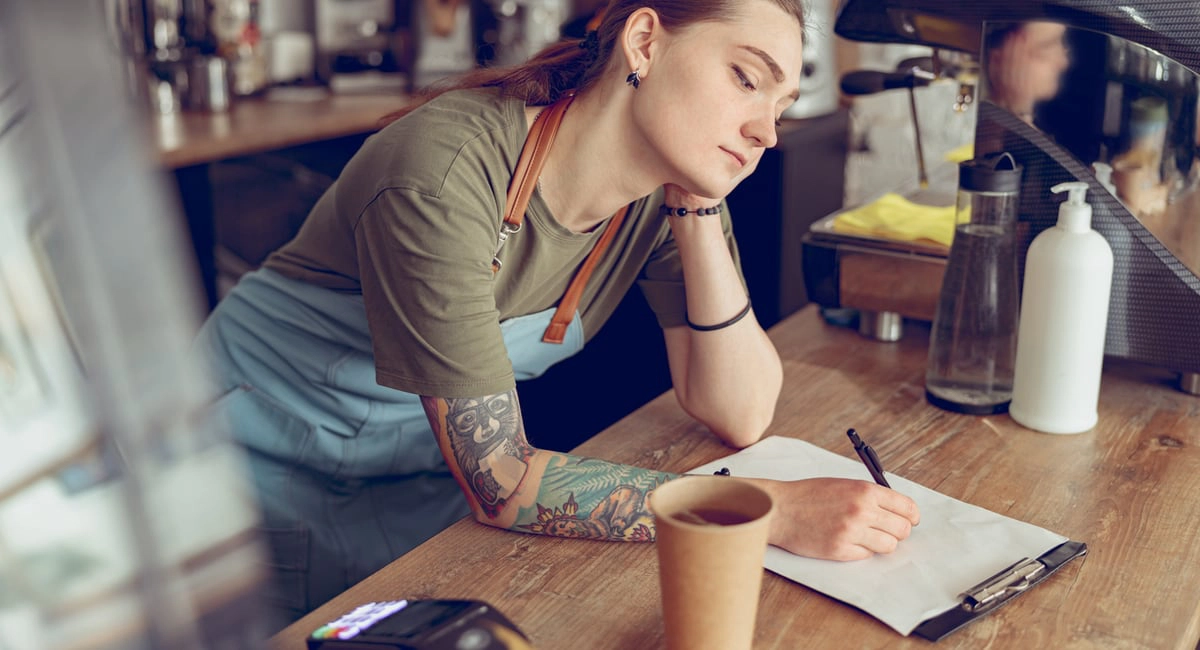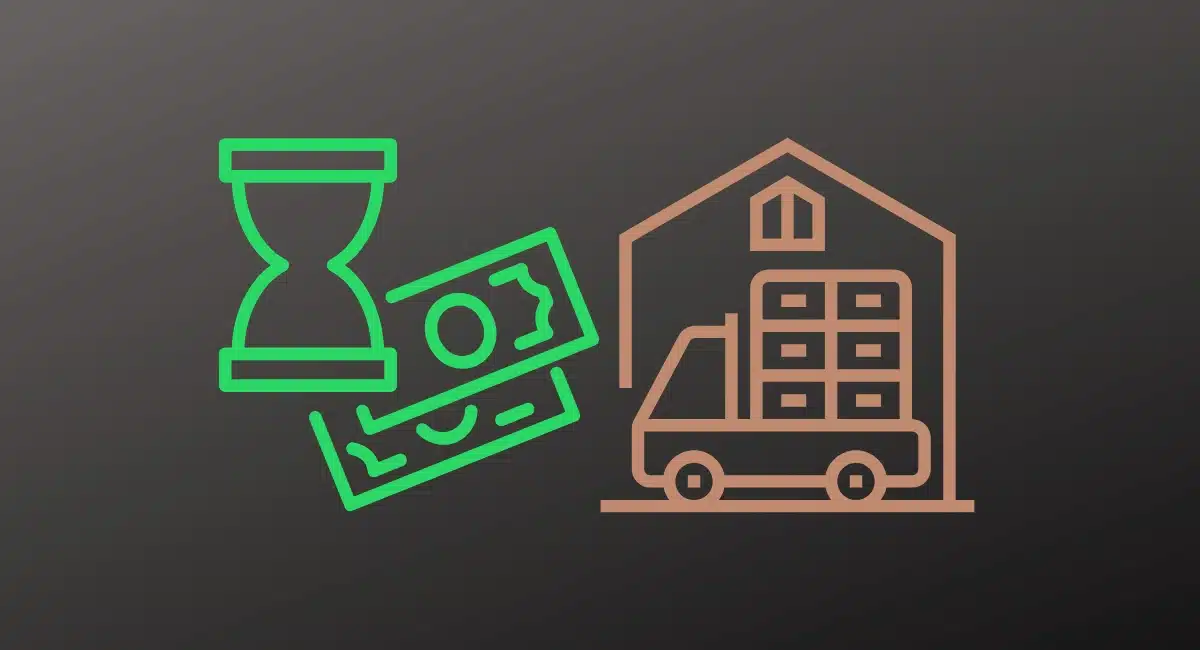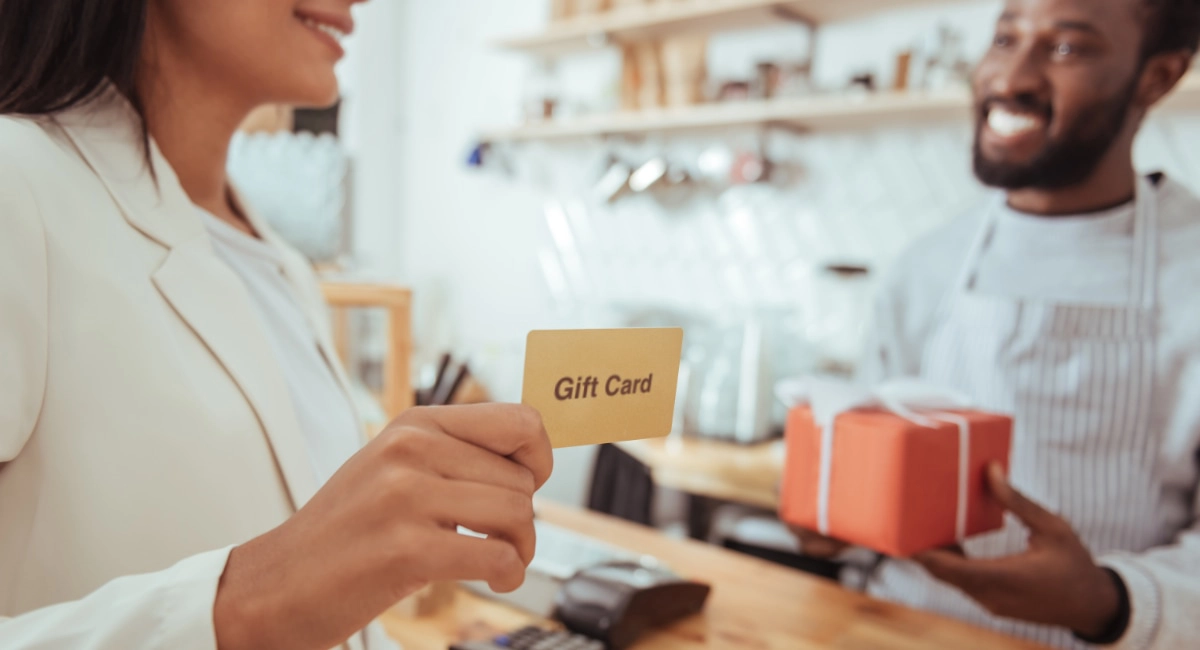Running a food-and-drink business can be hard work, and it doesn’t help when value added tax (VAT) rates are complicated for takeaway, eat-in and catering in general.
HM Revenue & Customs has a very specific set of rules for VAT on food and drink prepared for takeaway and eating in. This is different from the supermarket foods you buy to prepare at home, which normally have zero percent VAT.
Below, we explain HMRC’s different taxations on foods in hospitality in 2024.
When is VAT charged?
Food and drink products sold by retailers (such as supermarkets) mostly have no VAT. But foods prepared by caterers, restaurants, cafés, bakeries, bars and takeaway businesses are subject to VAT in most cases.
HM Revenue & Customs’ requirements to add VAT specifically apply to ready-made catering and takeaway items (VAT Notice 709/1).
Takeaway is defined as ready-to-consume food and drink sold for eating or drinking off the company’s premises.
Catering is defined as the “supply of prepared food and drink” with a significant degree of service involved. This includes:
- Foods made in restaurants, bakeries, cafés, canteens and similar businesses
- Foods supplied for events and functions like weddings, conferences and parties
- Supply of prepared food or cooking at/for the customer’s home
- Delivery of cooked ready-to-eat meals or foods
If your food and drink is provided in the course of catering (as defined above), it will likely incur VAT.
Cold takeaway food, retail supplies of groceries, and foods requiring further preparation by the customer are not considered catering.
What are the rates?
A business that prepares food and drinks that customers can eat straight away may pay either 0% (zero rate) or 20% (standard rate) VAT on their foods. This is assuming that the business is registered for VAT.
The distinction between zero- and standard-rate items is a little complicated, as there are many exceptions.
Which items incur 20% VAT?
Items that are always standard-rated (20%) include:
- Hot drinks (eat-in and takeaway)
- Food deliberately heated to be consumed hot (eat-in and takeaway)
- Hot food where an ingredient is cold (eat-in and takeaway), for example:
- Hotdogs (sausage in cold bun)
- Burgers (burger in cold bun)
- Meat sandwiches (hot meat between cold bread slices)
- Baked potatoes with a cold filling
- Any food for consumption on premises
- Any non-alcoholic beverages for consumption on premises
- Any ready-to-eat catering food and drinks supplied for consumption off premises
So what is defined as “on premises” (eat in)? It is when foods are consumed in areas occupied by your business or set aside for customers to eat and drink your foods, even if other businesses’ customers eat and drink there too.
If the food is not hot when provided to the customer, it should be zero-rated when consumed off premises. If it just happens to be hot because it’s freshly cooked/baked but doesn’t come in heat-retentive packaging and is usually eaten when cooled down, the item is zero-rated too.
Certain foods that may not fall under the above categories always have a 20% VAT rate, including:
- Alcoholic drinks
- Alcohol-free beer and wine
- Bottled water
- Juices
- Carbonated drinks (e.g. colas, lemonades, mixers like tonic and soda)
- Ice cream
- Confectionery (excl. cakes and biscuits not covered/partly covered in chocolate)
- Crisps and other savoury snack products
- Home brewing and wine-making products
- Medicinal teas
- Ginger, honey, peppermint, glucose and barley water drinks
- Energy drinks
- Fruit cordials and squashes
Which items incur no VAT?
Items that are zero-rated include:
- Cold food and drinks purchased for takeaway (excl. above items that are always standard-rated)
- Seasonings and condiments
- Meals requiring further preparation by the customer (e.g. reheating pre-cooked food, arranging on a plate)
- Retail products and ingredients (e.g tea bags, coffee beans)
What about cakes?
Cakes incur no VAT as long as it is not supplied in the course of catering. This includes sponge cakes, pastries, Jaffa Cakes, eclairs, meringues, flapjacks and others.
If the cake is supplied in the course of catering, such as in a restaurant or for eating in a café, 20% VAT should be applied.
Ice cream cakes also incur 20% VAT, because products designed to be eaten frozen are all standard-rated. If, on the other hand, the frozen product has to be thawed completely and/or cooked before it’s eaten, it will be zero-rated.
Rice cakes are also standard-rated, excepts for unflavoured rice cakes intended for eating with toppings like cheese.
How to determine and register VAT at the till
A good hospitality POS system allows you to organise food and drink items in different VAT categories (0% or 20%) and register a transaction as “eat in” or “takeaway”. This takes the burden off till staff to manually add VAT to individual items according to the above rules.
At the till point, staff members should ask each customer if the food is to go or for dine-in, then mark the order as such. The correct VAT rates should then automatically apply if set up correctly in advance. Otherwise, it’s possible to manually adjust VAT rates per item, if the till system allows you to.
Staff should use their discretion if a customer wants to sit down briefly, then finish the food off-premises. As a general rule of thumb, if a customer intends to eat part of their food on your premises and leave later, it should be classed as dine-in.




